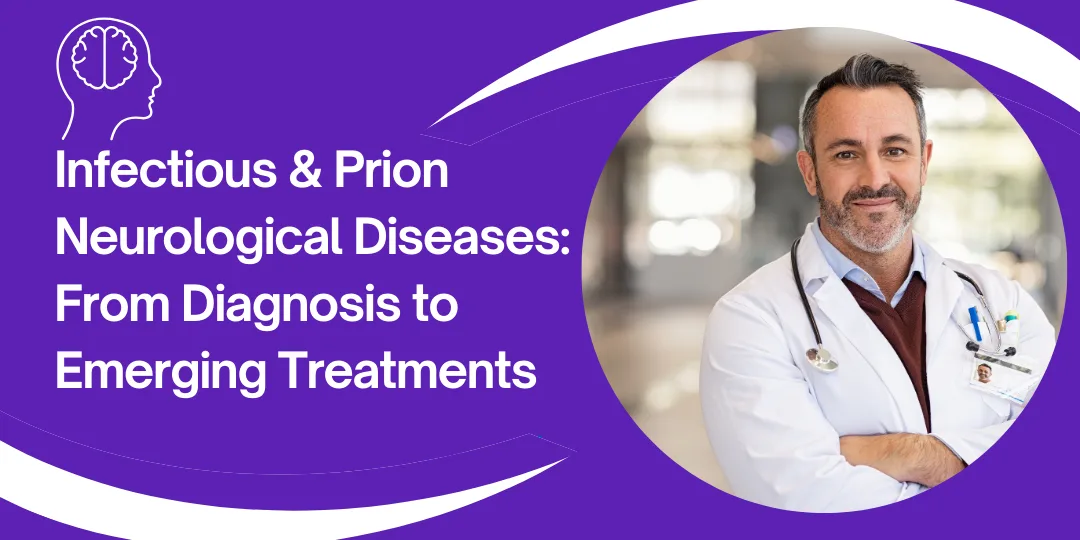Brain metastases occur when cancer cells spread from their original site to the brain. These secondary tumors are among the most common brain malignancies and are often seen in patients with cancers like lung, breast, melanoma, and renal cancer. Treating brain metastases can be complex due to their impact on neurological function and quality of life.
Gamma Knife radiosurgery has emerged as a highly effective and non-invasive treatment option for brain metastases, offering precision and minimal disruption to surrounding healthy brain tissue. This blog post explores how Gamma Knife radiosurgery works for brain metastases, what to expect during the procedure, and the results it can deliver.
Understanding Brain Metastases
Brain metastases can significantly affect a patient’s quality of life, causing symptoms such as:
- Headaches: Often due to increased intracranial pressure.
- Seizures: Resulting from irritation of brain tissue.
- Neurological Deficits: Such as weakness, difficulty speaking, or vision problems.
- Cognitive Impairment: Memory loss, confusion, or difficulty concentrating.
Treating brain metastases is aimed at reducing symptoms, improving neurological function, and extending life expectancy. While whole-brain radiation therapy (WBRT) was traditionally used, Gamma Knife radiosurgery offers a more targeted approach with fewer side effects.
Why Gamma Knife Radiosurgery for Brain Metastases?
Gamma Knife radiosurgery is a form of stereotactic radiosurgery (SRS) that uses focused gamma radiation to treat brain metastases. It is particularly beneficial because it:
- Targets the tumor with extreme precision, sparing healthy brain tissue.
- Can treat multiple metastases in a single session.
- Offers a non-invasive alternative to traditional surgery.
- Is suitable for patients who are not candidates for surgery due to the tumor’s location, size, or medical conditions.
What to Expect Before the Procedure
Initial Consultation: Patients will meet with a multidisciplinary team, including a radiation oncologist and neurosurgeon, to evaluate the number, size, and location of the metastases. Advanced imaging, such as MRI or CT scans, will be used for detailed mapping.
Treatment Planning: A personalized treatment plan is created based on imaging data, ensuring that the Gamma Knife targets each tumor with precision. If multiple metastases are present, all can often be treated simultaneously.
Head Frame Placement: On the day of the procedure, a stereotactic head frame is secured to the patient’s skull using local anesthesia. This frame ensures precise targeting of the metastases. In some cases, a frameless mask system may be used.
What Happens During Gamma Knife Radiosurgery?
- Imaging for Accuracy: Additional imaging is performed with the head frame or mask in place to confirm the tumor’s exact location.
- Treatment Delivery: The Gamma Knife system delivers up to 200 beams of gamma radiation, converging precisely on the tumor site(s). Each individual beam is weak, minimizing damage to surrounding tissue, but the combined dose at the target is highly effective in damaging tumor cells.
- Painless and Non-invasive: The patient remains awake and comfortable during the procedure, which is entirely painless. A mild sedative may be provided to help the patient relax.
- Duration: The treatment typically lasts 30 minutes to 2 hours, depending on the number and size of the tumors being treated.
- Outpatient Procedure: Most patients can return home the same day, as Gamma Knife radiosurgery does not require a hospital stay.
Recovery After Gamma Knife Radiosurgery
Quick Recovery: Patients can usually resume their normal activities within a day or two after treatment. Unlike traditional surgery, there are no incisions, stitches, or extended downtime.
Mild Side Effects: Some patients may experience temporary side effects, such as:
- Fatigue
- Headaches
- Mild swelling or discomfort at the head frame sites
These symptoms typically resolve within a few days to weeks.
Results of Gamma Knife Radiosurgery for Brain Metastases
Gamma Knife radiosurgery has a proven track record of success in managing brain metastases. Here’s what patients can typically expect:
High Local Tumor Control: Gamma Knife effectively controls tumor growth in 85-90% of treated metastases. The radiation disrupts the tumor cells’ DNA, stopping their growth and often leading to shrinkage over time.
Symptom Relief: By controlling tumor growth and reducing pressure on the brain, many patients experience significant symptom improvement, such as relief from headaches and neurological deficits.
Minimal Cognitive Side Effects: Unlike WBRT, Gamma Knife spares healthy brain tissue, reducing the risk of cognitive decline, memory loss, or other side effects.
Treating Multiple Tumors: Gamma Knife can treat up to 10 or more metastases in a single session, making it ideal for patients with multiple brain tumors.
Durability of Results: With regular follow-up imaging, most patients maintain tumor control for months to years, depending on their overall health and the primary cancer’s progression.
Advantages of Gamma Knife Radiosurgery for Brain Metastases
- Non-invasive and Painless: No incisions, anesthesia, or hospital stay are required.
- Precision Targeting: Reduces damage to healthy brain tissue and vital structures.
- High Success Rate: Excellent local control of tumors, even in patients with multiple metastases.
- Quick Recovery: Minimal downtime allows patients to focus on other cancer treatments or daily activities.
- Can Be Repeated: Gamma Knife radiosurgery can be used again if new metastases develop.
Conclusion
Gamma Knife radiosurgery offers a powerful and patient-friendly solution for treating brain metastases, combining precision with effectiveness. It allows patients to manage their brain tumors with minimal disruption to their lives, providing hope and improved quality of life during challenging times.
For those considering Gamma Knife treatment, partnering with a trusted medical travel facilitator can ensure access to top-tier treatment centers, expert care, and comprehensive support throughout the journey. A professional facilitator can help streamline the process, allowing patients to focus on their recovery and health.













0 Comments